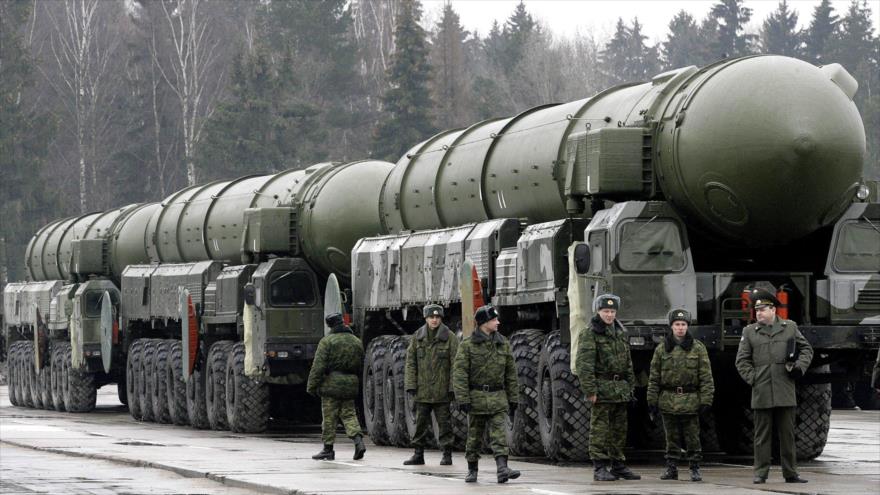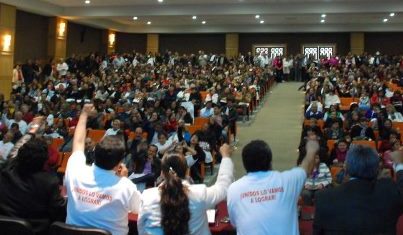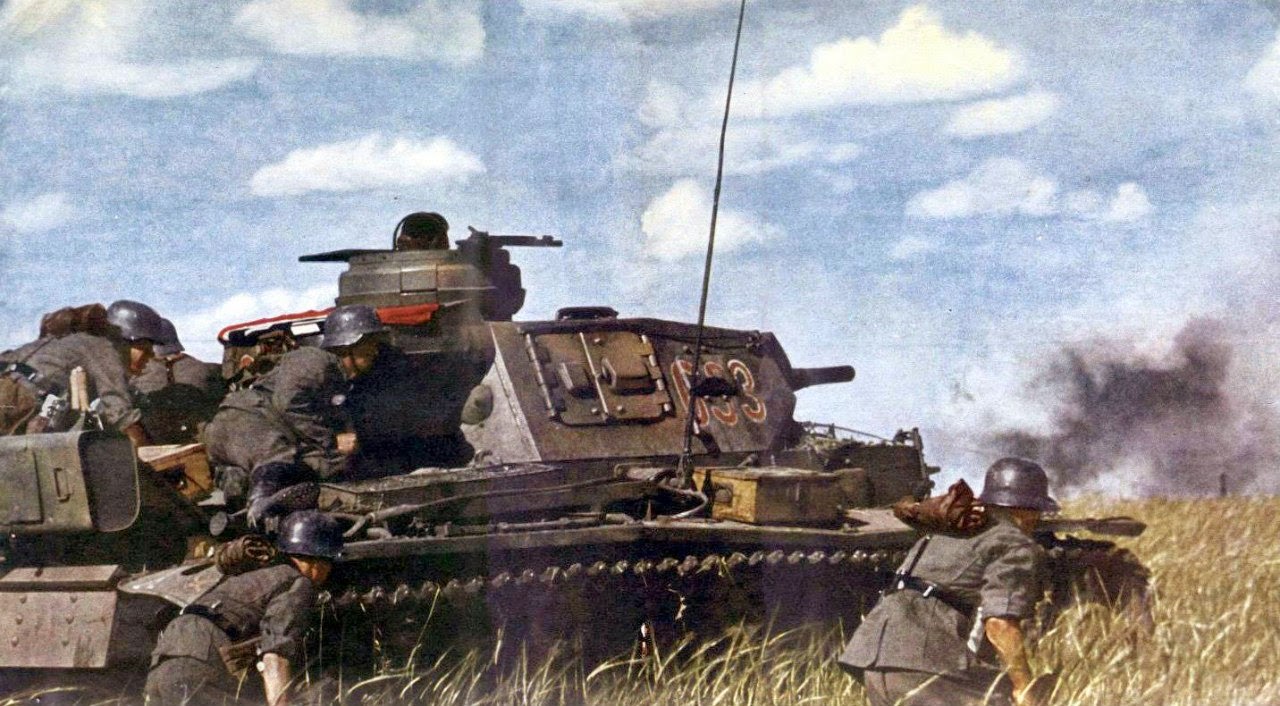(FINAL)
Y la Estrategia, la Estrategia Operativa y la Táctica, como Niveles de su Actuación Militar.
Entre ambos niveles de la actuación militar existe un espacio de actividad eminente y esencialmente práctico, llamado nivel operativo o estrategia operativa. Su misión es optimizar los empleos de la táctica y de los medios disponibles en la campaña y en el teatro de operaciones. Para ello define y conceptualiza las batallas, las marchas, etc., en definitiva, tanto las operaciones militares como su correcta sucesión, en función de aquellos objetivos decisivos. Con ello brinda a la táctica y a la decisión a la que ésta se orienta, una trascendencia superior, que está mucho más allá de la persecución y de la explotación del éxito. Es decir, la estrategia operativa utiliza a la táctica como uno de sus instrumentos inmediatos. Integrándolos para alcanzar los objetivos últimos que se le han confiado y orientándose a ellos, participando entonces de su naturaleza estratégica.
 REFINERÍA DE PETRÓLEOS: SÍMBOLO DE LA PUJANZA ECONÓMICA DE UNA SOCIEDAD MODERNA.
REFINERÍA DE PETRÓLEOS: SÍMBOLO DE LA PUJANZA ECONÓMICA DE UNA SOCIEDAD MODERNA.
Así, la estrategia operativa define unos objetivos propios en el teatro o en la campaña de actuación, que son la incapacitación y la desorganización del enemigo, a través de la acción sobre sus vulnerabilidades operativas y estratégicas. La primera se orienta contra la capacidad de combate enemiga, buscando incapacitarla posicional o funcionalmente, y simultáneamente protegiendo la propia. La segunda se logra por la ocupación o la destrucción de sus vulnerabilidades críticas en la zona de operaciones.
Estas vulnerabilidades son aquellos elementos, posesiones o razones que dan sentido a la lucha que el enemigo sostiene contra nosotros. Es decir, cuya pérdida le infunde inevitablemente una sensación de desesperanza y un sentido de inutilidad en proseguir la lucha en esas circunstancias, como no sea para acumular más pérdidas.
Una vulnerabilidad crítica estratégica, manejada hábilmente por nosotros en el siglo XVI durante la conquista de América, fue la captura del gran jefe o emperador de las confederaciones indígenas en los grandes países a colonizar (Moctezuma, Atahualpa). Pero su efecto era temporal. Una vez convertido en rehén, el valor simbólico de un caudillo de este tipo caía en picado, porque la vitalidad nacional de la colectividad a la que dirigía exigía su renovación, como si hubiese muerto. Pronto se elegía a un nuevo Gran Emplumado, entre los miembros de su clan o de su sociedad guerrera.
 EL BANCO DE ESPAÑA. EL DINERO ES UN ESTÍMULO DE LA ECONOMÍA.
EL BANCO DE ESPAÑA. EL DINERO ES UN ESTÍMULO DE LA ECONOMÍA.
En la II Guerra Mundial, la ocupación de la capital y la caída del gobierno eran vulnerabilidades críticas estratégicas, a las que se accedía a través de una estrategia operativa de guerra móvil ofensiva: campaña de primavera de 1940 en el frente occidental. Lo mismo intentó Hitler en 1941 en el frente soviético con relación a Moscú. Seguramente en esa guerra total, casi de exterminio, del frente del Este, su caída no hubiese tenido la trascendencia que se le atribuía. Pero Moscú constituía un gran “nudo” viario, un centro de comunicaciones ferroviarias vital para toda la URSS al oeste de los montes Urales y, en este sentido, sí hubiese sido una vulnerabilidad crítica permanente del nivel militar operativo.
Para lograr estos objetivos estratégicos intermedios, el nivel operativo tiene unos medios específicos operativos que son la inteligencia, el desequilibrio y la incapacitación del enemigo, el tiempo o velocidad de las operaciones y de los combates, la organización logística y su soporte físico o línea de abastecimientos y el sentido correcto del propio mando.
Estos medios los emplea para conducir y utilizar óptimamente (sin despilfarros) los medios táctico-operativos a su disposición.
Éstos son:
la transitabilidad del terreno (en toda la dimensión geográfica de la naturaleza de los terrenos, clima, estación y hora del día),
 COHETES BALÍSTICOS RUSOS «TOPOL».
COHETES BALÍSTICOS RUSOS «TOPOL».
la capacidad de combate (medios militares concretados en hombres, equipos, apoyos y vehículos de combate) y la capacidad de movimiento operativo (transportes de grande y pequeño tonelaje, los repuestos de todo tipo y combustibles y los depósitos y parques accesibles en la zona) propias disponibles,
la libertad de acción y las “interfases de acción” favorables con el enemigo (que existen y que se pueden también crear siempre, mediante la ampliación o disminución del “campo de acción” sobre aquél, como un zoom táctico operativo, o mediante su cambio a otro sector del frente o en la profundidad de la zona enemiga). Con estos 2 últimos “sistemas” podemos actuar siempre según nuestro criterio e interés y no simplemente reaccionar a las acciones del enemigo.
De esta manera los 10 “sistemas operativos” citados realizan el empleo y el funcionamiento de todos los niveles de la defensa nacional. Y van a partir de la concepción y la gran creación de objetivos, intereses y recursos disponibles, recibidas del mando y de la nación, hasta la realización práctica final. Implicando en ésta también a los necesarios y a los inevitables e impuestos por el enemigo, empleos tácticos de los medios militares, como etapas para la consecución óptima de aquellos objetivos encomendados.
 LA MORAL NACIONAL SE GESTA EN TODOS LOS SITIOS DE CONVIVENCIA SOCIAL.
LA MORAL NACIONAL SE GESTA EN TODOS LOS SITIOS DE CONVIVENCIA SOCIAL.
Y, ¿por qué llamamos sistemas a estas funciones operativas de variada y compleja naturaleza y a los órganos o fenómenos que las dirigen, procuran y ejecutan o causan (como es el caso de la transitabilidad)? Un “sistema” es un conjunto de órganos, fenómenos o cosas que, ordenadamente relacionadas entre sí, contribuyen a determinado objeto. En un sistema complejo existirán una jerarquía, la especialización de sus órganos y unos objetivos e intenciones o resultados. Las funciones, en su conjunto y en razón de las interacciones que ocurren dentro del sistema, tienen un efecto integrador sobre él, y sinérgico con relación a los objetivos generales del mismo.
FINAL.


 THE SOVIET POLISH WAR OF 1920.
THE SOVIET POLISH WAR OF 1920. SWEEPING THE RUSSIAN HORDES.
SWEEPING THE RUSSIAN HORDES.